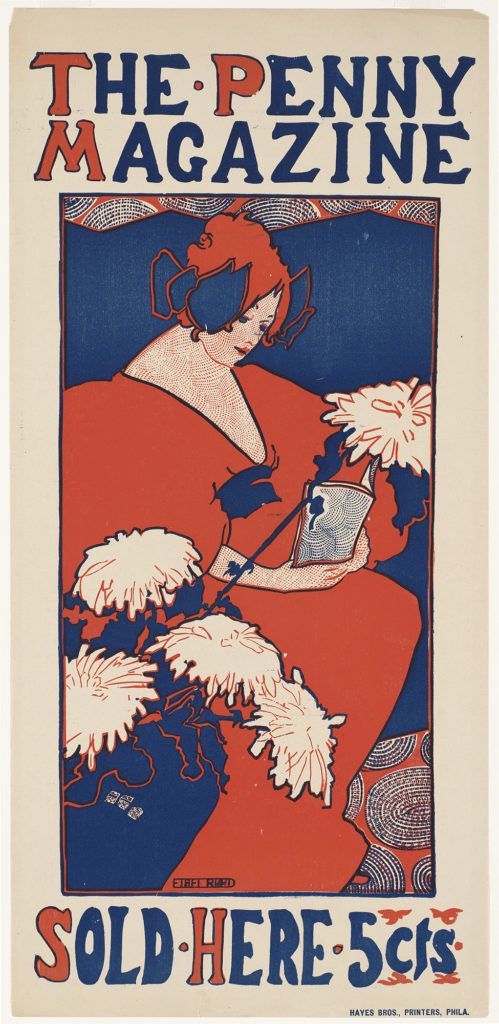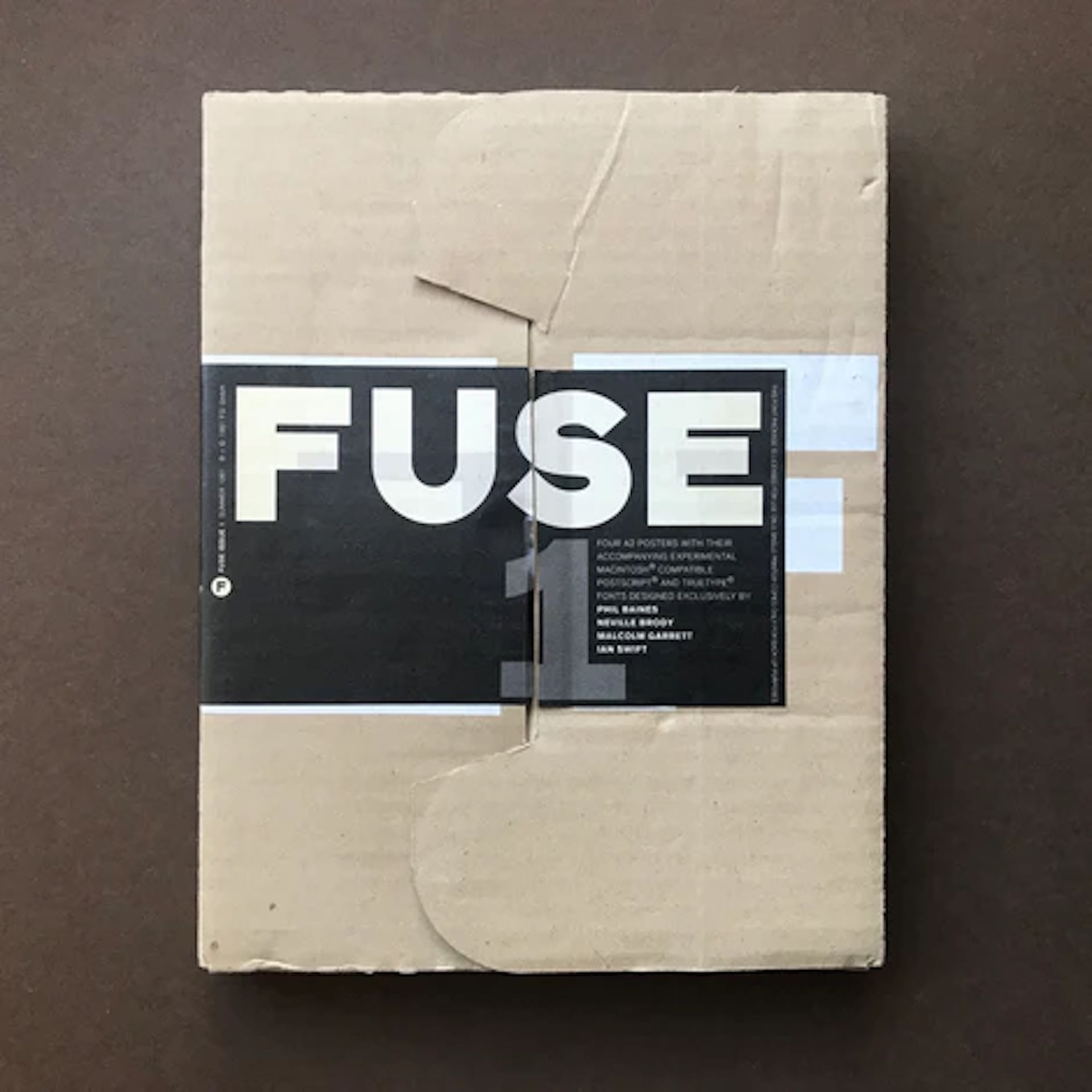Want To Sell Your Book?
Want To Sell Your Book? Like some other POD (Print-On-Demand) or self-publishing projects, there are a number of considerations to take into account for selling your finely crafted or meticulously accomplished work. I have used a Kittl-based video* for this BLOG because it outlines so much of the basics for any self-published sale. There are, of course, other professionally written articles and online helps for publishing as well. I find the following points to be basic and helpful.
Be careful of what is called the "race to the bottom." That is, pricing your work so low that you barely cover the costs, let alone make a profit on your work. One Kittl advisor notes that "You shouldn't deprive someone the opportunity to pay more for a product if they can." (Luna Vega) People are not merely looking for a bargain. They often are looking for something that they know is worth their money and investment. And they are willing to pay what not merely the market suggests, but also what it is worth to them. Having this business sense or savvy is important so that you do not undersell yourself or your book or product.
Understand ALL the costs involved. Book and project publishing requires much more than what someone may suspect. Let me use my own publishing ventures as an example. I use Adobe InDesign, which is a wonderful layout and design tool, but it costs me, in round figures, about $58 per month for a subscription. And, you cannot use this product without a paid subscription, unlike the old days of software development where you could outright buy a program and use it without a monthly cost or fee. Microsoft also sells their MS Word, PowerPoint and other programs for a monthly fee. Again, gone are the days when you could just purchase Microsoft office, say, and be done with it. To use their products on modern computers and modern software programming, you will need to update older MS software to accommodate the new computer hardware or software. Unless you buy or use an older computer and ignore Microsoft's updates.
Production and selling fees need to be considered. They include the charges a publisher, like Lulu in my case, will charge for their printing of a book or calendar or study guide. Consequently, they will "force" you to sell your book at their minimum pricing, which is usually far higher than the base publishing price they bill you. Added to this is your "time spent" cost for your project. You might not think this is a real cost, but all the time and effort and hours you have spent on a project should be considered in some tangible way. Then, there are always shipping fees and taxes that are charged by anyone you use to publish your work. So, in addition to my InDesign and Microsoft monthly subscription fees, I need to pay a yearly fee to host this website, which I use to advertise any project or book. And I need to pay for the domain fee and costs. Of course, many people, like myself, decide to "eat" such essentials and think they can still make money on their book or project.
Market and advertising fees and costs need to be added to any project. I use PayPal for the collection of funds, but they charge a seller's fee for every sale I make. While a small percentage, it is enough to cut into any profit margin you may want. Etsy and Shopify and ECWID and other vendors charge a fee for selling your stuff. You need to count that into the final cost of your book or project.
Research the market for your book or project. See what others are charging for a book of your chosen topic. You will need to find out what people are willing to pay for such a book or work. Consequently, I have designed some basic pictograph fonts I use regularly. However, similar fonts sell either cheaply or are given away online for just a notation of the author. This is due to the fact that the alphabet is not copyrightable, as are many images in the public domain. Unless you are a top-notch font designer working for a company like Adobe, you cannot make much money, if at all, for your font designs.
Will people buy your "brand?" Do they know who you are and trust you enough to spend their money on your book or project? This is always the problem with start-up authors and lesser known people. You might get lucky and somehow tweak an interest on Facebook or another social media program and end up selling mega amounts of your book. That rarely happens. I have been invited to go on book tours and book signing events, but I would have to pay for these events upfront, with precious little sales at the end of the day. That would be a loss to me. SO, I have friends and acquaintances that buy my books or projects. Even with major and known names advertising your work, selling is still hard and uncertain.
Understand what the market will bear. I sell PageMaker-to-InDesign conversion services. I have found that my base charge of $15 per file, though it may seem extreme to some, is what the current market will bear. I have converted old PageMaker files to newer InDesign files from across the world. No one has complained about the charge per file, knowing that I am one of a very few typographers that can actually do the conversion. I own all of the out of print previous PageMaker software in all its iterations and have the computer equipment on which to use this software. What will the market pay for what you are selling?
What is your overall goal? I cannot make a living selling what I sell. I understand that and am willing to collect what many would call extra or discretionary income from what I publish and perform. I have always had a full-time job or profession and have written and published books and projects out of my brand as CARE Typography for the sheer enjoyment and challenge of such projects. I barely make enough to pay for all the subscription fees and cost of operation. That may seem like a losing proposition to many. But that is my choice. If you want to actually make money on your publications or projects, you need to do a whole lot of market research and invest enough upfront money to see a return down the road.
Publish or sell for the sheer joy of the project and experience. This is what I have ended up doing. Whether or not something I have done "takes off," or no one buys what I have written or done, I have enjoyed the process. Maybe that is the real bottom line.
(* See the POD Pricing Video on YouTube produced by Kittl at https://www.youtube.com/watch?v=nrxahpuMr1I)
Successful Layout & Design



